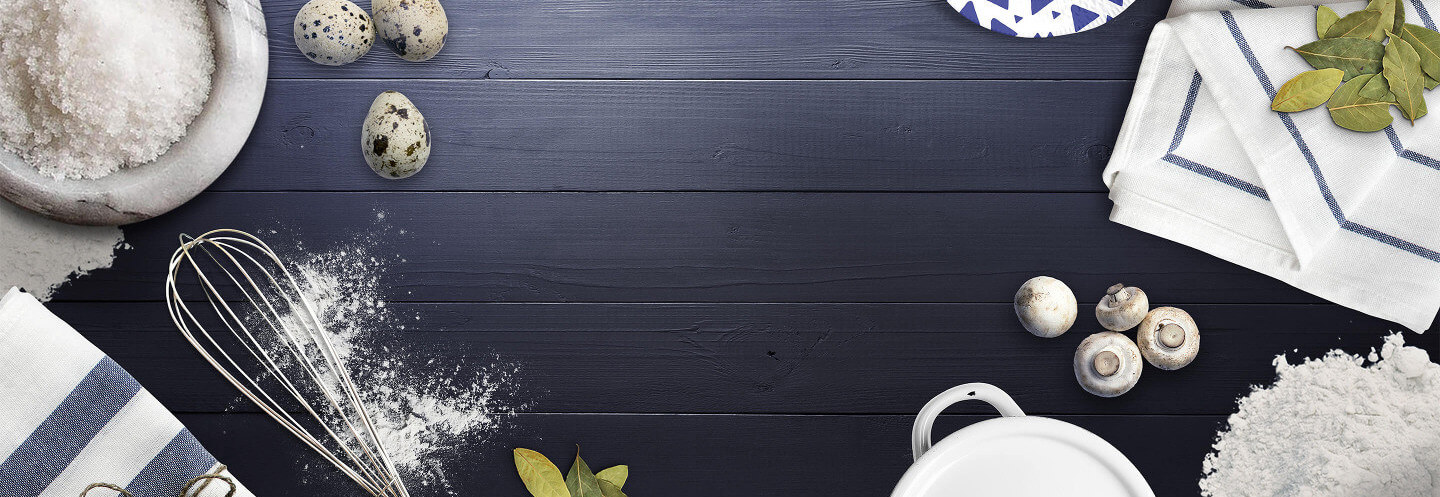https://www.copymethat.com/r/cgHflsdac/oven-science/
18712815
vVozgyX
cgHflsdac
2024-05-16 11:55:06
loading...
Ingredients
Steps
- ELECTRIC + GAS ovens
- First let’s talk about ovens. See, there’s a difference in heat-force in different parts of the oven hot-box. Most ovens have two heating sources, one at the bottom of the oven and one at the top. When we turn the oven on to preheat, usually both heating elements activate to heat the oven. Once the oven has come to our desired temperature, the bottom heat source is what occasionally kicks in to maintain the temperature of the oven.
- Hot air rises, so the top of the oven is actually consistently hotter, while the bottom of the oven will heat in bursts to maintain the overall temperature.
- The bottom oven rack is great for crust breads and pizzas… baked goods that you want to intensely brown on the bottom.
- The top oven rack is great for things you’d like a crusty brown top on… things like pies and casseroles.
- The middle oven rack is the happy place where air is circulating, the heat sources are evenly distributed, and tops and bottoms aren’t in danger of burning or browning too quickly. It’s the perfect place for cakes, cookies, and brownies to stay and bake.
- If you’ve got a busy oven and you’re baking more than one pan of something at a time, be sure to rotate the baked goods between racks. For example, if you have two sheet pans of cookies baking at once, swap the bottom pan to the center, and the center pan to the bottom halfway through baking. The same goes for cake layers though be careful to let the cake set before moving the cake around in the oven… it may collapse.
- Here’s the thing, just because you start on one rack, doesn’t mean you’re married to it! Moving baked goods around the oven will help to evenly bake our baked goods. Think about what you want from your baked good and go for it.
- For pies, you want a burst of heat to set the pie crust to flakey, time in the oven to set the filling, and some quality time at the top of the oven to brown the crust. For this reason, we can start a pie on the bottom rack to brown the bottom crust, move it to the center rack for a majority of the baking time, and finish the oven on the top rack to brown the crust. See? That’s an even bake.
- For pizzas you want a crisp crust and a browned bubbling top. Now that you know where the heat lives in the oven, start by baking pizza in a hot hot oven on the bottom rack and once it’s cooked through, move it to the top rack to brown the cheese (maybe even kick in the broiler if you’re feelin’ it!).
- With a little bit of oven knowledge, knowing where heat comes from and how it lives, the power is yours. Placement is key, but you’re not married to one oven rack.
- When in doubt, stick to the middle and don’t be afraid to adjust.
- CONVECTION oven
- 5 Tips for Baking with the Convection Setting
- 1. Lower the temperature by 25°F.
- Because heating and cooking is so efficient in a convection oven, you usually don't need quite as high a temperature to get the same results. A good rule of thumb is to set the oven to about 25°F below the recommended temperature of your recipe.
- 2. Check food frequently toward the end of cooking.
- Also thanks to all this efficiency, your foods will usually cook a little more quickly than usual. Check on your food halfway through the recommended cooking time to gauge how quickly cooking seems to be coming along, and then check more frequently near the end of cooking. Go by how your food looks and smells to tell when it's done, rather than by the timer. As you get used to baking with the convection setting, you'll get a better feel for how quickly certain things cook and can feel more confident predicting the timing.
- 3. Don't crowd the oven.
- Because convection relies on air being able to circulate, be careful of overcrowding the oven and blocking the flow of air. The food will still cook, but the cooking will be less efficient and you'll lose the advantage of the convection setting. It's fine to bake on multiple racks, but try not to fill the racks wall-to-wall.
- 4. Use low-sided baking sheets and roasting pans.
- The convection setting also works best if you use low-sided pans or rimless baking sheets, especially when baking cookies or roasting vegetables. This allows for better air circulation around the food and helps crispy foods become even crisper. (Although note that this is less important for things like casseroles and cakes, which rely on the high sides of their pans to hold their shape and where crisping isn't as important.)
- 5. Don't use convection for cooking cakes, quick breads, custards, or soufflés.
- While these dishes would benefit from the steady heat, the movement of the air from the fan and exhaust system can cause them to cook unevenly or to rise less impressively. Custards can also form an unpleasant crust on the surface as they dry out in the wicking action of the oven.
Notes



